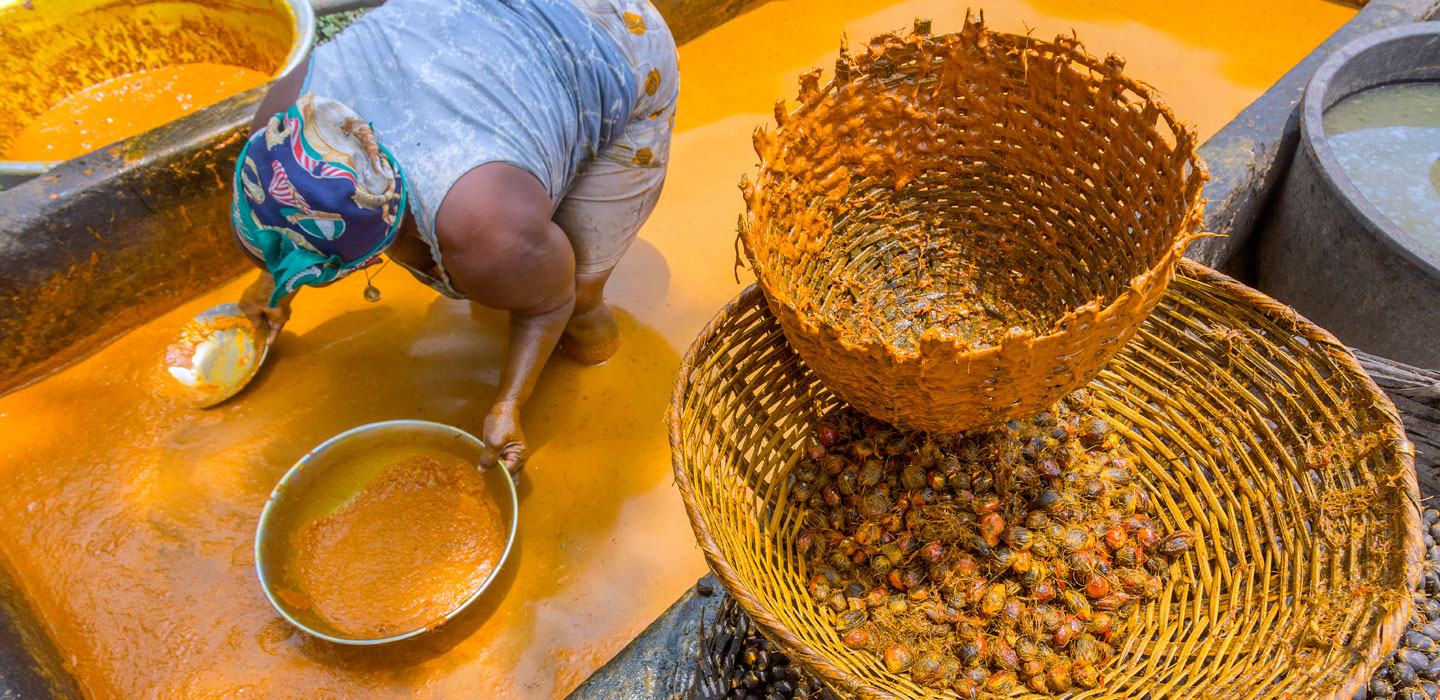Series
Series

Series
Search Results Filters
Resultados de la búsqueda
The Food Loss Reduction Advantage: Building sustainable food systems
septiembre 2019
Around one third of the food globally produced is estimated to be lost or wasted along the supply chain. These losses affect disproportionally developing countries.
Research Series Issue 39: Smallholder farming, growth linkages, structural transformation and poverty reduction
septiembre 2019
There are different views around the future of smallholder agriculture and its potential to contribute to the needed transformations of agriculture and rural economies.
Impact assessment: The Coastal Community Development (CCDP)
agosto 2019
The Coastal Community Development Project (CCDP), implemented between 2013 and 2017, was designed to reduce poverty and achieve sustainable economic growth in 12 coastal districts of Indonesia.
Research Series Issue 38: Meta-evidence review on the impacts of investments in agricultural and rural development on Sustainable Development Goals 1 and 2
junio 2019
Agriculture and rural development research will play a critical role in meeting the ambitious targets under SDGs 1 and 2.
Research Series Issue 37: Determinants of cofinancing in IFAD-funded projects - A call to rethink development interventions
mayo 2019
This study is an analysis of what drives cofinancing in IFAD-supported programmes/projects, covering 20 years of data from 559 projects in 109 countries.
Impact assessment: PAPAFPA and PAPAC
abril 2019
The Participatory Smallholder Agriculture and Artisanal Fisheries Development Programme (PAPAFPA) and the Smallholder Commercial Agriculture Project (PAPAC) are complementary projects designed to improve the livelihoods of smallholders in Sao Tomé and Príncipe. PAPAFPA, which has now closed, created farmers’ cooperatives to improve the development of organic cacao, coffee, and pepper value chains through increased commercialization in domestic and niche export markets.
Research Series Issue 36: Who works in agriculture?
abril 2019
This analysis examines the dynamics of youth employment in agriculture and the agri-food system in Tanzania and Malawi.
Impact assessment: Coastal Climate Resilient Infrastructure Project (CCRIP)
abril 2019
Farmers in southwestern Bangladesh, an area prone to natural disasters, are sometimes unable to reach community markets in the monsoon season.
Impact assessment: Plan VIDA-PEEP to Eradicate Extreme Poverty – Phase I
marzo 2019
From 2011 to 2016, the Plan VIDA project in Bolivia was implemented to address extreme poverty in rural areas by increasing the incomes and assets of rural people in the departments of Potosí and Cochabamba of the Plurinational State of Bolivia
Serie de investigación 35: El potencial de la mitigación para el cambio climático de las prácticas agrícolas apoyadas por las inversiones del FIDA
marzo 2019
En este estudio se estima el potencial de mitigación de las prácticas agrícolas apoyadas por las inversiones actuales del FIDA con el fin de orientar el diseño de futuras inversiones.
Research Series Issue 34: Farm size and productivity - Lessons from recent literature
enero 2019
This paper considers the relationship between farm size and productivity patterns across countries and within countries.
Serie de los Resultados de la Investigación número 3
diciembre 2018
Dentro de los resultados de esta investigación se encuentra la presentación y el análisis de las experiencias de los siguientes proyectos y programas financiados por el FIDA...
Impact assessment: Agricultural Sector Development Programme–Livestock (ASDP-L) and Agriculture Service Support Programme (ASSP)
diciembre 2018
Despite decades of research and development of technologies and innovations which improve farming practices and productivity, small farmers in Tanzania continue to use technologies and practices which do not favour high yields and economic returns.
Serie de Investigación, número 33, El impacto de la adopción de las variedades mejoradas del CGIAR sobre la pobreza y los resultados del nivel de vida: Una revisión sistemática
diciembre 2018
Este estudio examina el impacto de la investigación agrícola sobre la pobreza y el nivel de vida, mediante una revisión sistemática de evaluaciones de impacto experimentales y cuasi experimentales de variedades mejoradas difundidas por el CGIAR entre 2007 y 2015.
Impact assessment: Guangxi Integrated Agricultural Development Project
diciembre 2018
The Guangxi Integrated Agricultural Development Project (GIADP) was implemented in 623 Administrative Villages in the Guangxi Zhuang Autonomous Region of China to increase income of smallholder farmers by developing community infrastructures
Impact assessment: Rural Development Support Programme in Guéra
diciembre 2018
The Rural Development Support Programme in Guéra (PADER-G) was implemented to improve the food security and livelihoods of farmers living in remote areas of Guéra, a drought-prone and conflict-ridden region of Chad.
Impact assessment: Project for Rural Income through Exports in Rwanda
diciembre 2018
The Project for Rural Income through Exports in Rwanda, known by its acronym PRICE, aims to increase returns to farmers through the development of export-driven value chains for coffee, tea, sericulture and horticulture.
Impact assessment: Irrigated Rice Production Enhancement Project
diciembre 2018
The Irrigated Rice Production Enhancement Project (IRPEP) was implemented between 2010 and 2015 to improve the rice productivity and livelihoods of smallholder farmers who cultivate on Communal Irrigation Schemes in three regions (Western Visayas, Central Visayas and Northern Mindanao) of the Philippines.
Impact assessment: High-Value Agriculture Project in Hill and Mountain Areas
diciembre 2018
The High-Value Agriculture Project in Hill and Mountain Areas (HVAP) integrated farmers living in the remote hill and mountain areas of Mid-Western Nepal into the local economy of goats and high-valued crops such as apples and Sichuan pepper (timur).
Impact Assessment: Community-based Forestry Development Project in Southern States (DECOFOS)
diciembre 2018
Deforestation and unsustainable management practices have had a significant impact on the livelihoods of poor rural communities in the forest areas of Campeche, Chiapas and Oaxaca states in Mexico.